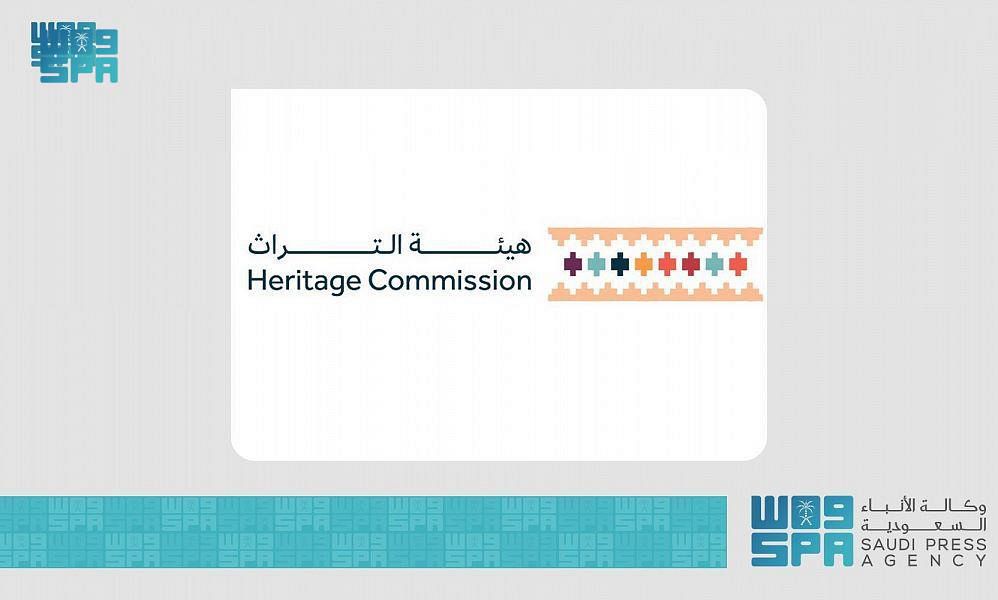
The damaged museum bears hallmarks of country’s four decades of conflict
KABUL: An Afghan museum looted and bombed during decades of conflict is battling on to shine a light on the country’s rich cultural heritage. Despite losing over 70 percent of its once vast collection of more than 100,000 artifacts, the Kabul Museum continues to proudly display its surviving treasures of the past and change negative perceptions of the country on a global stage.
Hundreds of items are currently on display and an exhibition has been touring the world since 2006.
But many first-time visitors to the museum, located on the Afghan capital’s southern fringes, are shocked at discovering how much remains on show.
Although lacking some of the state-of-the-art exhibition spaces found in many big-city museums, Kabul’s displays can still impress.
Students on a trip to the museum were at first skeptical, but quickly realized the wealth of history unfolding before their eyes. The youths were born and raised during the latest chapter of the war-torn country which for some of them began with the US-led ousting of the ruling Taliban in 2001.
They hardly knew how rich the museum was before it became a victim of the ferocious civil war in the 1990s that razed various neighborhoods in the capital to the ground and led to the looting and destruction of a large proportion of the museum’s treasures.
But they were quickly mesmerized by a massive Islamic-era stone bowl with delicate Arabic calligraphy, the torso and heads of Buddha sculptures, and a large, Afghan-made, 18th century leather gunpowder-measuring container. These were just some of the items highlighting the history of Afghanistan with its various civilizations and faiths.
“I came to know what sort of rich culture and civilization we have had here (in Afghanistan). I did not know about this before my visit,” student Mohammad Ehsan, 17, told Arab News.
His classmate, Aminullah, said that on arrival it “did not seem like a proper museum” but then admitted, “I am happy we came, saw and learnt about our rich culture and history. It is important what we have it (the Kabul Museum) and we learnt through our visit what a shining history we have,” he said.Unfortunately, the image of Afghanistan seen by many foreigners is one of a country ravaged by conflict. However, museum officials are trying to change perceptions. They point to relics dating back to prehistoric times and those from ancient civilizations and empires that have ruled the country or tried to conquer it. Excavations have uncovered ivories from India, mirrors from China, and glassware from the Roman Empire as well as stucco heads and hordes of coins.
Now, the museum bears all of the hallmarks of Afghanistan’s past four decades of conflict. It was on the frontline of warring sides in the 1990s when many of its relics were stolen, smuggled abroad or sold by mafia gangs to foreign countries. Part of the museum building and some of its exhibits were badly damaged in an air strike and by shelling.
And despite the large amount of foreign aid that has poured into the country since the Taliban’s ouster, the museum still has no ventilation, temperature controls to protect displays, or proper security.
During their last year in power, the Taliban blew up ancient Buddha statues in Bamiyan, and began vandalizing hundreds of museum statues which had survived plunder and destruction before the group swept to power in 1996. One of the most famous surviving pieces currently in Kabul Museum is the Rabatak inscription of King Kanishka.
Mohammad Yahya Mohebzada, deputy head of Kabul Museum, told Arab News that prior to the Afghan civil war, museum staff had suggested moving the precious Tilla Tepe gold and jewelry collection along with other valuable items to a safe area in the presidential palace for protection.
These collections and relics from Begram, Ai-Khanoum, and Tepe Fullol, have been on travelling exhibition since 2006 in France, the US, Japan, Canada, Germany and Britain among other countries.
“The exhibition means a lot for us. It is proof to the outside world that Afghanistan was home to various civilizations, that we have a long history and these relics are our cultural heritage,” said Mohebzada, who has worked in the museum for 35 years.
“It helps to change perceptions overseas of Afghanistan having no culture or history and having nothing but war. We can also generate money for the museum through the exhibitions, but their spiritual importance is of more value for us.”
Japan and Britain are among a number of countries that have repatriated scores of Afghan relics smuggled abroad. Foreign experts are also putting together some of the pieces of Buddha statues destroyed by the Taliban. There are now 720 items on display at Kabul Museum and although some are damaged, they represent the historical resilience of the country.












